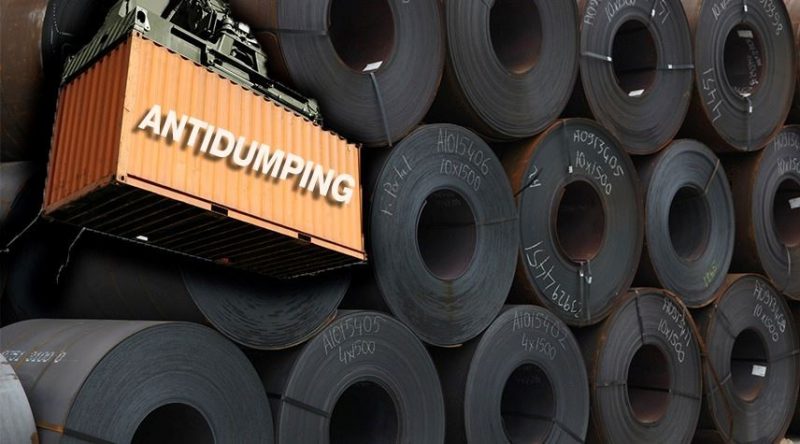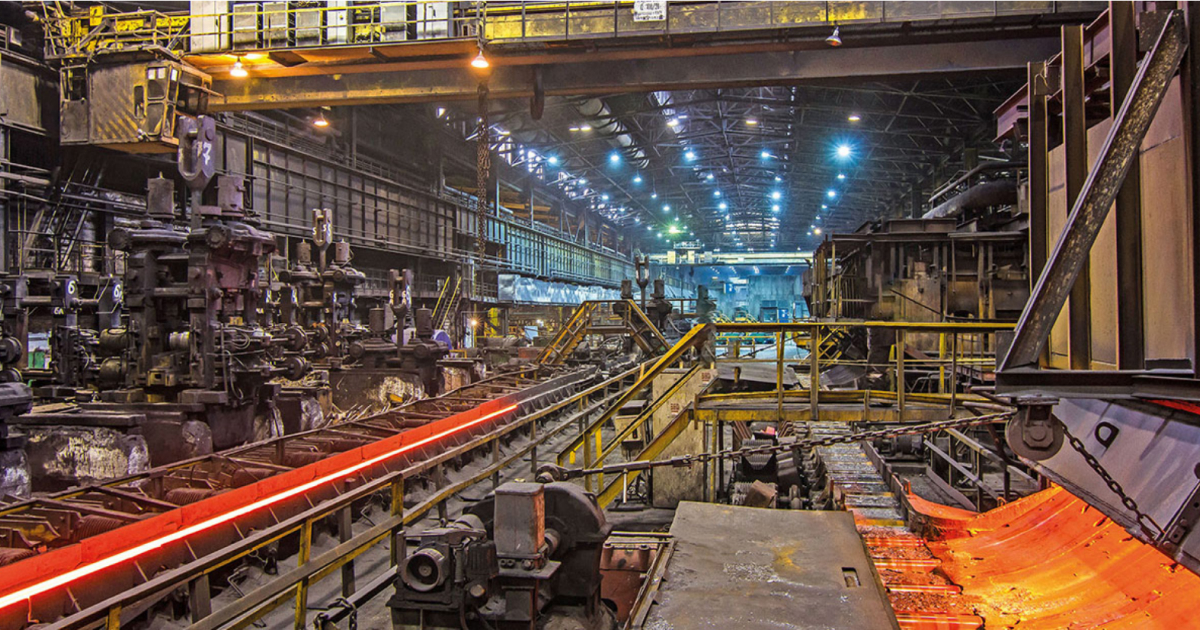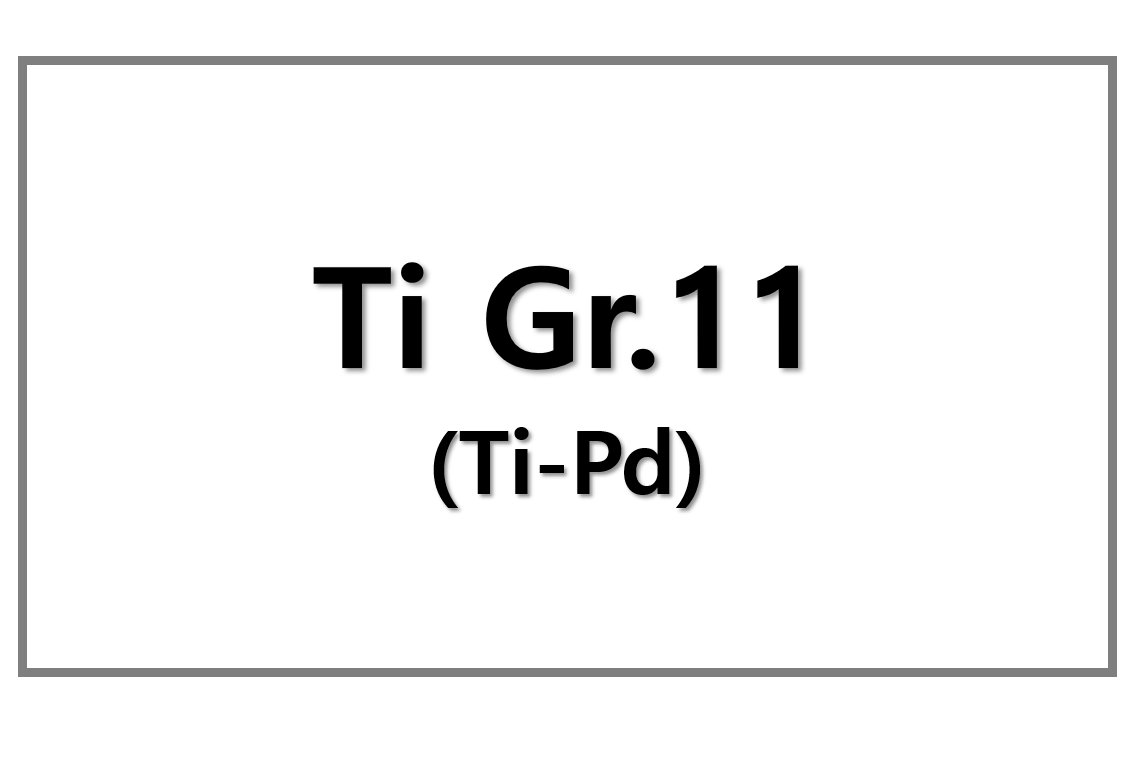
Taiwan’s Hot-Rolled Steel Tariffs Target Chinese Dumping
Taiwan has introduced temporary anti-dumping duties on specific Chinese hot-rolled flat steel products. The move follows a preliminary investigation confirming that these imports hurt domestic producers like China Steel Corporation and Dragon Steel Corporation. The duties take effect on July 3 and will remain in force for four months.
The anti-dumping rates vary depending on the exporter. Baoshan Steel, Baogang Zhanjiang, and Shanghai Meishan Steel face a 16.9% duty, while all other Chinese exporters are subject to a 20.15% rate. The affected products include non-alloy and alloy hot-rolled flat steel, both in sheets and coils, ranging from 1.1 mm to 25.4 mm in thickness. A total of 65 commodity items fall under this measure.
This action reflects growing regional resistance to unfair trade practices in the steel sector. Taiwan’s authorities responded swiftly to domestic complaints, launching the investigation in March 2025. Their decision aligns with a broader regional pattern of defending national industries from surplus Chinese exports.
Regional Anti-Dumping Momentum Builds
Taiwan’s move follows a similar initiative by Vietnam in May 2025. The Vietnamese Ministry of Industry and Trade maintained anti-dumping rates on Chinese hot-rolled steel between 19.38% and 27.83%, specifically targeting Win Faith Trading Limited with the highest rate. These developments suggest that Southeast Asian steel markets are tightening protections amid ongoing global oversupply.
Analysts expect other jurisdictions, including Indonesia and Malaysia, to monitor trade volumes more closely. The ongoing glut in Chinese steel exports—fueled by weak domestic demand and excess production—continues to trigger defensive trade actions worldwide.
SuperMetalPrice Commentary:
Taiwan’s swift imposition of temporary anti-dumping duties signals a proactive stance in defending local steelmakers. The regional ripple effect from Chinese oversupply is intensifying trade tensions in Asia. If global demand fails to rebound, more countries may follow suit, reshaping steel trade dynamics throughout 2025 and beyond.











Leave a Reply
You must be logged in to post a comment.